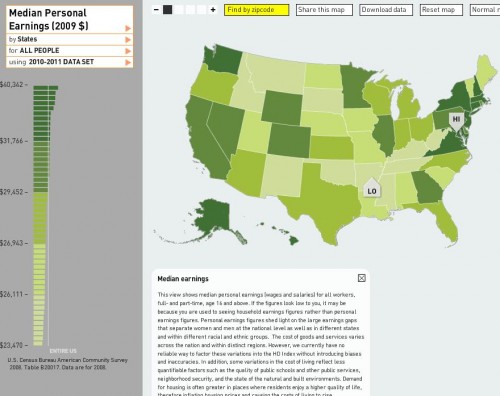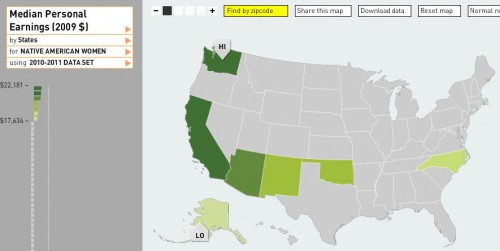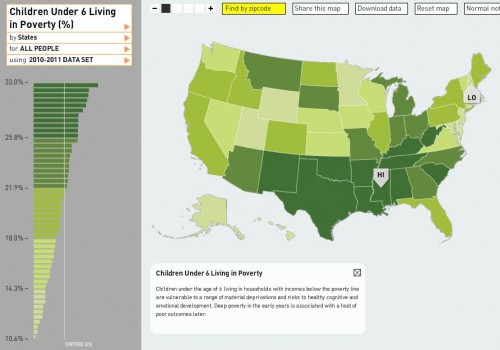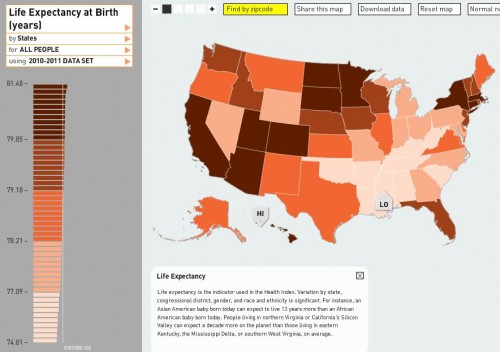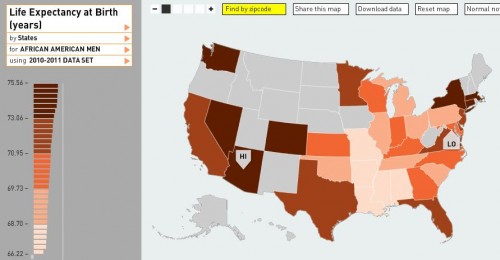
I am always suspicious of invocations of the phrase “human nature.” It is not necessarily because I think there is no such thing, it’s simply that it is typically invoked with little consideration of the vastly diverse physical, cultural, and physical-cultural contexts in which human beings find themselves, and have found themselves. This 3 1/2 minute introduction to a BBC special, Human Planet, sent in by (my mom) Kay West, illustrates some of this diversity. While I’m a little anxious about the exotification that the clip might include (especially of “the primitive”), I still think it does a wonderful job of hinting at the wildly different contexts in which humans live:
Also, this (Gwen, do not watch!):
Found at Blame it on the Voices.
Lisa Wade, PhD is an Associate Professor at Tulane University. She is the author of American Hookup, a book about college sexual culture; a textbook about gender; and a forthcoming introductory text: Terrible Magnificent Sociology. You can follow her on Twitter and Instagram.






